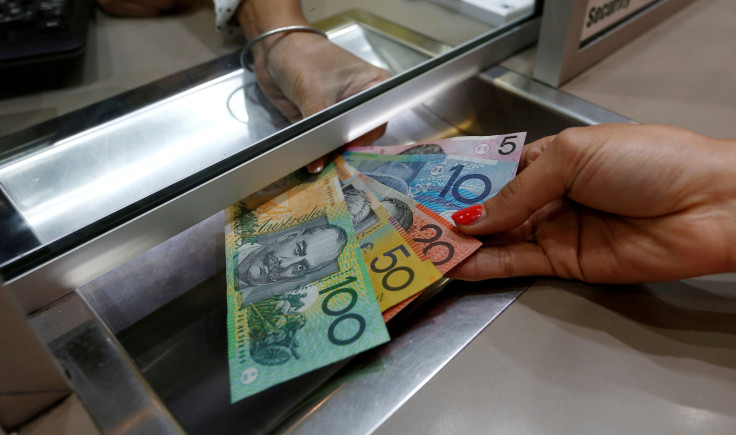Banking Trends 2016: CitiBank’s Australia Branches To Go Cashless

With less than one in 20 customers making cash transactions, CitiBank announced that it was removing cash handling services from its Australian branches. Citibank Australia, which will be the first bank in the country to go cashless, said the U.S. bank will stop its cash handling services from Nov. 24.
“This move to cashless branches reflects Citi’s commitment to digital banking and we are investing in the channels our customers prefer to use,” Janine Copelin, head of retail banking at Citi, reportedly said.
“There is no plan to close our branches. While the number of customers visiting our branches to access cash handling services has fallen, the branch network remains an important component of how we serve our high-net worth customers,” she added.
Copelin said less than 4 percent of Citi’s customers made cash transactions through a branch in the last year. Customers can still make cash deposits using Australia Post branches. Deposit and mortgage account customers can use National Australia Bank branches for cash services.
Australia’s Reserve Bank data indicated a decline in the use of cash. In 2013 -- the latest year for which data is available -- cash transactions occurred in 78 percent of payments amounting to less than 10 Australian dollars, a decline from 2007’s 95 percent. The number of ATM transactions has also declined by about 6.6 percent in the past financial year.
Meanwhile, in Sweden, about 900 of the country’s 1,600 bank branches no longer provide cash services and many banks in rural areas don’t have ATMS. Circulation of the Swedish krona has dropped from around 106 billion in 2009 to 80 billion in 2015, the Guardian reported.
© Copyright IBTimes 2024. All rights reserved.






















